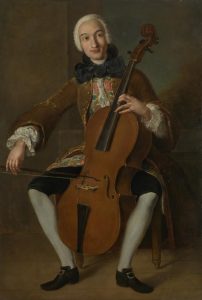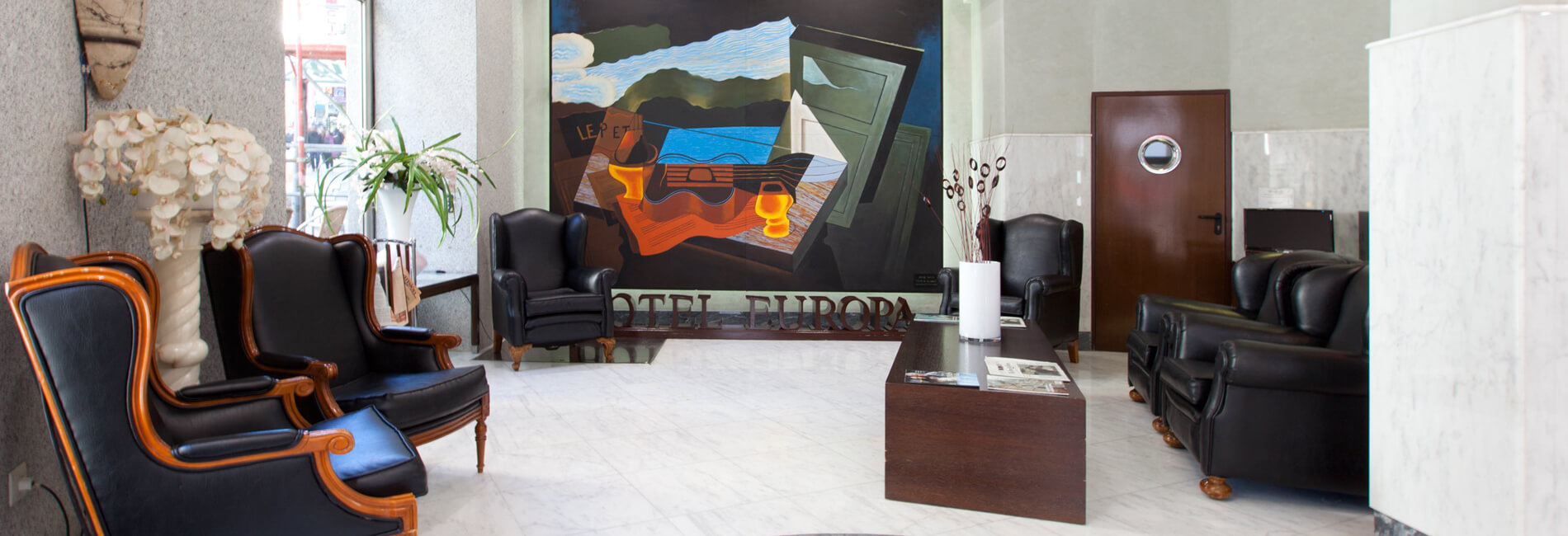Boccherini: El chelista toscano enamorado de Madrid

Born in Lucca, Italy to a family of artists, the famous composer Luigi Boccherini settled in Madrid around 1769, where he became the cellist and composer for the musical chapel of the brother of King Charles III of Spain, Luis Antonio, Infante of Spain.
Even after the death of his patron, he lived in Spain for many years, obtained Spanish nationality and died in Madrid at age 62. He was buried in the Church of San Justo, today the Pontifical Basilica of San Miguel, however his remains were transferred to his birthplace in 1927. His descendants still live in Spain.
While he lived in the capital, Boccherini was very impressed by the city’s lively nightlife, which was very likely significantly different from the cold, central European nights he had endured in previous years. As a result, he composed “Night-time Music on the Streets of Madrid” (La Musica Notturna delle Strade di Madrid), a wonderful string quintet which begins solemnly, gradually changing to finish overflowing with joy and beauty.
The piece is about 12 minutes long and its movements are inspired by various night-time scenes in Madrid.
- The Ave Maria Bell (Le campane de l’Ave Maria): the main church calls the faithful to pray the Ave Maria.
- The Soldiers Drum (Il tamburo dei Soldati).
- The Blind Beggars’ Minuet (Minuetto dei Ciechi), evokes the famous Cuesta de los Ciegos (Blind Man’s Hill) on calle Segovia.
- The Rosary (IL Rosario).
- Passacalgia (Passa calle), the most famous piece of the work inspired by our city’s ebullient personality.
- (The Drum) (Il tamburo).
- Retreat (Ritirata): The soldiers retreat from the streets of Madrid to return to their barracks after their evening surveillance.
The critic Jaume Tortella described the melody of this musical composition as follows:
“Taking his inspiration from the night-time scenes on the streets of Madrid – seemingly nostalgically remembering the joy and ebullience of Spain’s capital – recalling the sounds of the city’s church bells calling the faithful to evening prayer, traditional dances which delighted the city’s youth and the blind beggars playing their typical hurdy-gurdies until the soldiers of the local garrison ring the midnight curfew bell upon their retreat.”
This piece has become very popular in recent years thanks to the movie Master and Commander. In it, the characters played by Russel Crowe and Paule Bettany interpret this piece with a violin and a cello, although the piece is composed of two violins, two cellos and a viola.
Apparently, the sheet music was published years after Boccherini’s death because he believed that those who were unfamiliar with Madrid would be unable to capture its true essence. He even said to his editor: “The work is completely useless, even ridiculous, outside of Spain because the audience cannot be expected to understand its meaning and the artists who perform it cannot be expected to know how it should be interpreted.
Categories: Guías Madrid



Leave a Comment